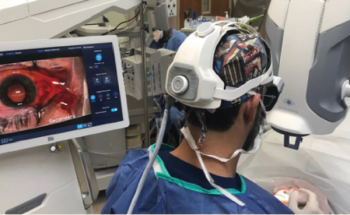
Physicians can use navigational tools to attain a much more immersive perspective.

With clearer imaging and enhanced resolution, the new OCT approach could improve medical diagnostic imaging.
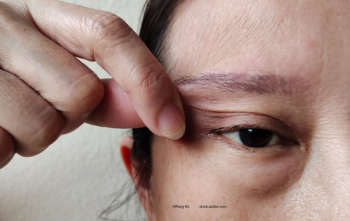
The rare disorder is often a delayed or misdiagnosed condition, resulting in unnecessary referrals and imaging.

According to the study by a team of researchers from the University of California Irvine and University of Southern California, treatment with Humanin G reduced protein levels of inflammation markers that become elevated in age-related macular degeneration.
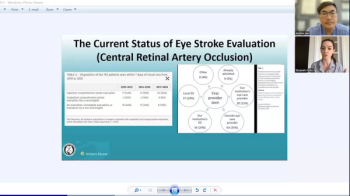
On this week's episode of the NeuroOp Guru, Andy Lee, MD, and Elizabeth Fortin, MD, discuss the current status of eye stroke evaluations for CRAO.

Vision Buddy is offering a headset that features modes for TV/movie streaming, magnification, and reading, helping the visually impaired improve their quality of life.
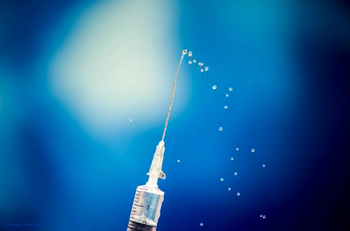
The companies are marketing the first FDA-approved ophthalmology biosimilar as a treatment option for patients with retinal disorders.
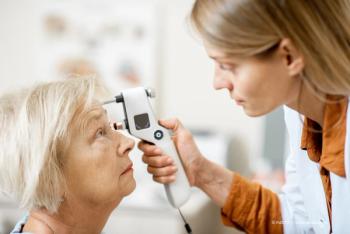
Study zeroes in on the sustained mechanism of action of the therapeutic.

According to the company, the AI platform can predict a person's risk of having a stroke or a heart attack in the next five years.

Ophthalmic World Leaders (OWL) invites members of the ophthalmic community who are based near Fort Worth, Texas, to celebrate the launch of its new chapter in Texas.

According to Novartis, the approval is based on year 1 data from the Phase III KESTREL and KITE clinical trials investigating brolucizumab-dbll 6 mg vs aflibercept 2 mg in diabetic macular edema patients.

The company noted that pegcetacoplan, designed to regulate excessive activation of the complement cascade, part of the body’s immune system, which can lead to the onset and progression of many serious diseases, was granted Fast Track designation by the FDA for the treatment of geographic atrophy.

The study will investigate the safety, tolerability, pharmacokinetics, and efficacy of AM712 in subjects with neovascular age-related macular degeneration.

The study assess retinal blood biomarkers using a new prototype OCT, aiming to measure retinal biomarkers such as blood flow volume, average velocity, and vessel diameter with a new prototype.

Outlook Therapeutics initially filed the BLA fin March or the use of bevacizumab-vikg in the treatment of wet AMD. The company said it wlll re-submit a revised BLA by September.
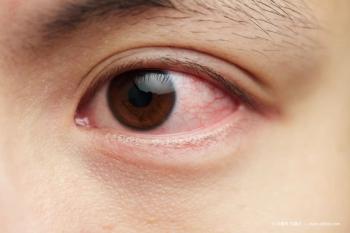
One obvious trend has been that dry eye disease is a concurrent problem for virtually all my patients, and we need to address it for optimum comfort and surgical results.
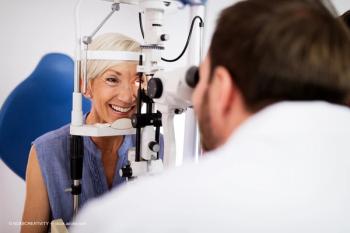
Automated 360-degree goniophotography seems to have simplified screening and diagnosis of glaucoma.

Carlos Quezada Ruiz, MD, senior medical director at Genentech, discusses “Predicting optimal treatment regimen for patients with neovascular age-related macular degeneration using machine learning.”

A new technique will allow fast and non-invasive assessment of the physiological state of the retina. This could be a real breakthrough in the treatment of eye diseases.

As novel therapies in the pipeline are aiming to decrease the rate of GA expansion—the endpoint Karl Csaky, MD and Fredrick Ferris III, MD, identified in 2007—Dr. Csaky reinforces on the importance of preserving the central retinal tissue.

Retina Technologies Inc. is working on a modular digital vision screening platform it says will provide vision testing for the early detection of eye disorders.
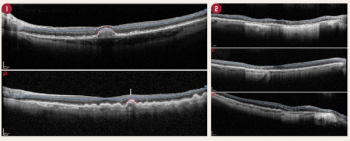
Alterations of the outer retinal layers from age-related macular degeneration (AMD) can interfere with the automated segmentation of the individual retinal layer thicknesses when using macular optical coherence tomography (OCT).

Jeff Cleland, PhD, CEO of Ashvattha, discusses safety data for an at-home subcutaneous injection option being developed for wet AMD and DME. The anti-VEGF candidate will enter a Phase 2 study later this year.

The challenge is for ophthalmology students to have seen a range of pupil abnormalities before they are in a cubicle with a real patient. One solution to this challenge may be virtual reality.

Presented at ARVO 2022, research from Mass Eye and Ear hopes to open a new avenue for therapies that are for helping treat patients that develop primary open angle glaucoma.

The Phase 3 registrational study is examining AR-15512, a differentiated, novel product candidate for the treatment of the signs and symptoms of Dry Eye Disease

Solutions should address staffing shortages and burnout.

According to the company, the ReCLAIM-2 study of elamipretide demonstrates a correlation between ellipsoid zone dysfunction and vision.

According to the company, a clinical trial evaluating Nyxol eye drops for night vision disturbances met FDA-agreed primary endpoint with subjects gaining 3 lines of low-contrast distance vision under dim light conditions compared to placebo.

According to the companies, Kala will receive $60 million in upfront payment, and could be eligible to receive additional sales-based milestone payments.